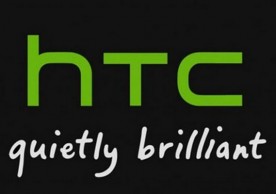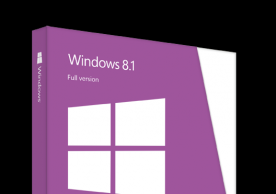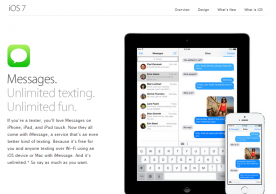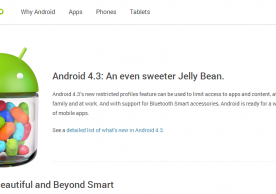Here’s some good news for all those who own a LG Optimus L9 and have been waiting patiently for a new Jelly Bean refresh for a while now.
LG is finally rolling out the long-awaited Android Jelly Bean update for the Optimus L9 that will now offer the device all the goodies and features that are expected to arrive with the new refresh, according to reports.
The Android Jelly Bean update for the LG Optimus L9 is currently available in the following locations: Germany, France, Italy, Greece, Spain, Hungary, Poland, Romania, Portugal, and the Baltic region.
As of now, this eagerly-anticipated software upgrade is still not available in the U.S., although it won’t be exaggerating to imagine T-Mobile rolling it out at some point in the future. The only question that remains here is when exactly that update will arrive.
The Jelly Bean update has arrived less than four months after the phone eventually hit the market, which is probably a first for the manufacturer. It's currently available via OTA or via the LG Update tool and weighs in at 575MB. It brings Project Butter UI optimizations and Google Now to the Optimus L9.
The LG Optimus L9 is a mid-ranger that was launched back in November last year, and comes with a 4.7-inch qHD IPS screen and uses a 1GHz dual core Cortex A9 processor with a PowerVR SGX540 GPU and 1GB RAM. Its other features include a 5-megapixel camera with 1080p video capture, 4GB of internal storage, and support for extra storage space by way of microSD cards.
The Android Jelly Bean improves on the speed and simplicity of Android 4.1 and includes all new features like Photo Sphere, alongside a completely redesigned camera app, new Gesture Typing keyboard, Google Now with all new cards, and much more.
The refresh is also known to improve performance throughout the system, including faster orientation changes, quicker switching between recent apps, and smoother and more consistent rendering across the system via vsync and triple buffering.
It also offers a more reactive and uniform touch responses, and makes the user’s Android device even more responsive by boosting the device’s CPU instantly when the user touches the screen, and turns it down when the user doesn’t need it to improve battery life.
most read
related stories
more stories from OS / Software
-
HTC reportedly considering Android/Windows Phone dual-booting smartphone as Microsoft pushes for deeper Windows mobile integration
Microsoft has reportedly started talks with HTC to add its Windows OS to the phone maker's Android smartphones and HTC is apparently considering to make a Windows Phone/Android dual-booting smartphone.
ernest hamilton -
iOS 7 Chrome Incognito mode leaks private searches due to bug
A bug in Chrome for iOS 7 has caused Google's mobile browser to leak private searches made in 'Incognito' mode.
ernest hamilton -
Sprint HTC One Android 4.3 Jelly Bean already rolling out, AT&T, T-Mobile & Verizon to follow
HTC has announced that Sprint has already started to roll out the Android 4.3 update to the HTC One, AT&T and T-Mobile will follow in mid-October, while Verizon will release it by the end of the month.
ernest hamilton -
Microsoft Windows 8.1 now available for pre-order
The new Windows 8.1 has gone up for pre-order on the Microsoft Store, ahead of the official launch on Oct. 18.
ernest hamilton -
Apple acknowledges iOS 7 iMessage issue, promises fix via upcoming software update
Apple has acknowledged the iOS 7 iMessage issue and promised to provide a fix in an upcoming software update.
ernest hamilton -
Galaxy S4, Galaxy S3, Galaxy Note 2 Android 4.3 update rollout confirmed by Samsung Canada and French SFR
Samsung Canada and French carrier SFR have confirmed the Android 4.3 Jelly Bean rollout schedule for the Samsung Galaxy S4, Galaxy S3 and Galaxy Note 2.
ernest hamilton -
Unlocked HTC One gets Android 4.3 Jelly Bean, U.S. and Canadian versions’ update slightly delayed
The unlocked, international HTC One is getting Android 4.3 Jelly Bean now, but the U.S. and Canadian versions will 'slightly miss' the end-September timeframe.
ernest hamilton -
Samsung Galaxy S4, Galaxy S3, Galaxy Note 2 to get Android 4.3 Jelly Bean by year-end
The Samsung Galaxy S4, Galaxy S3 and Galaxy Note 2 are reportedly slated to get Android 4.3 Jelly Bean in the fourth quarter, by year-end.
ernest hamilton












